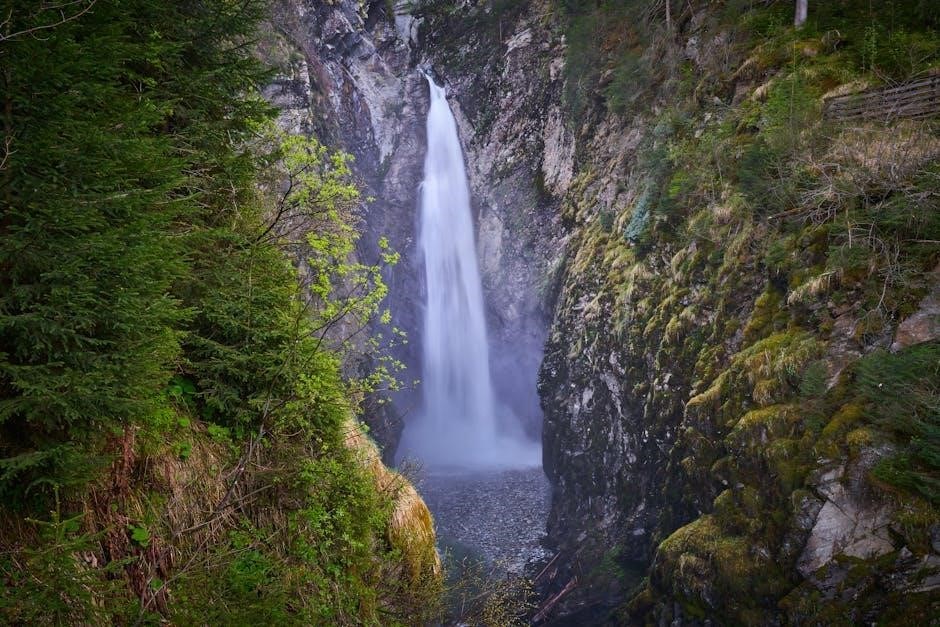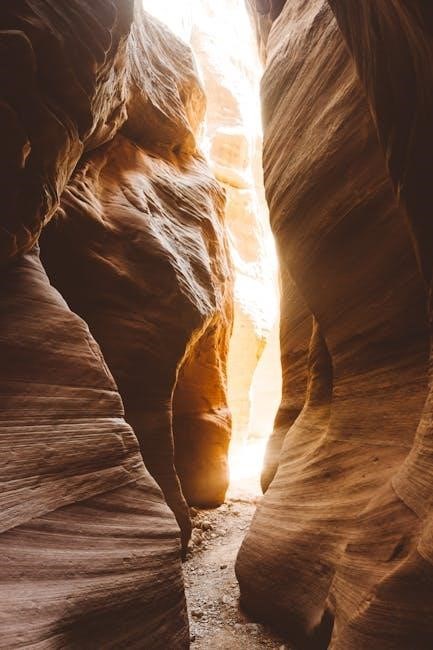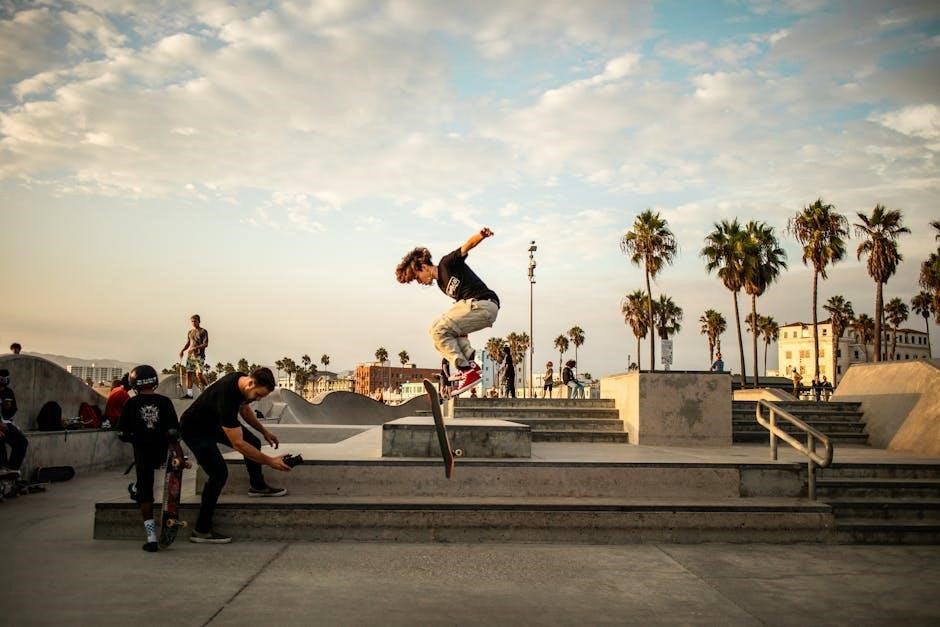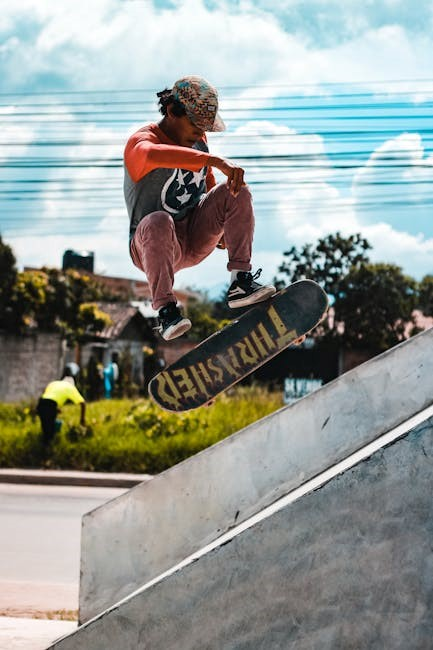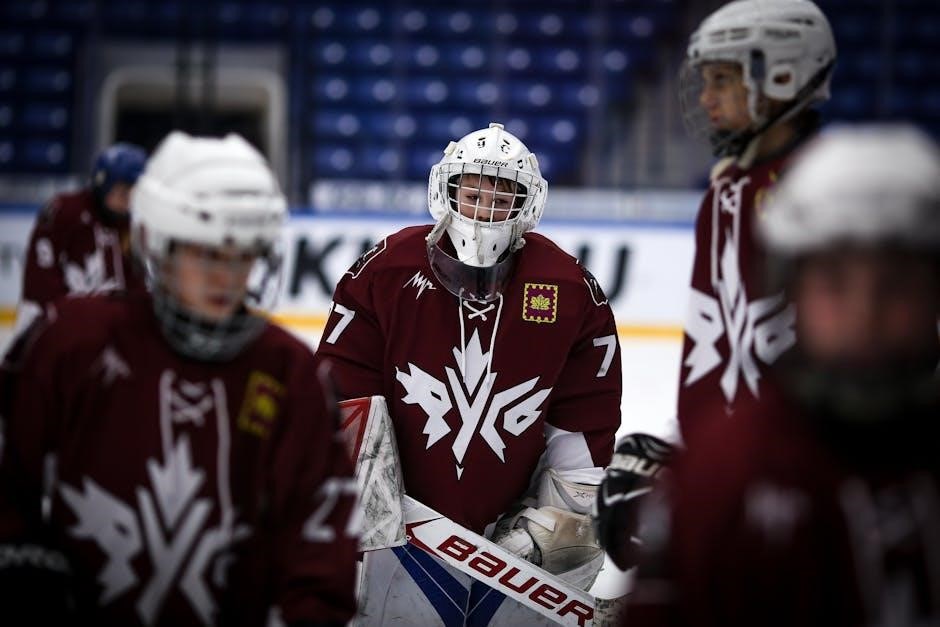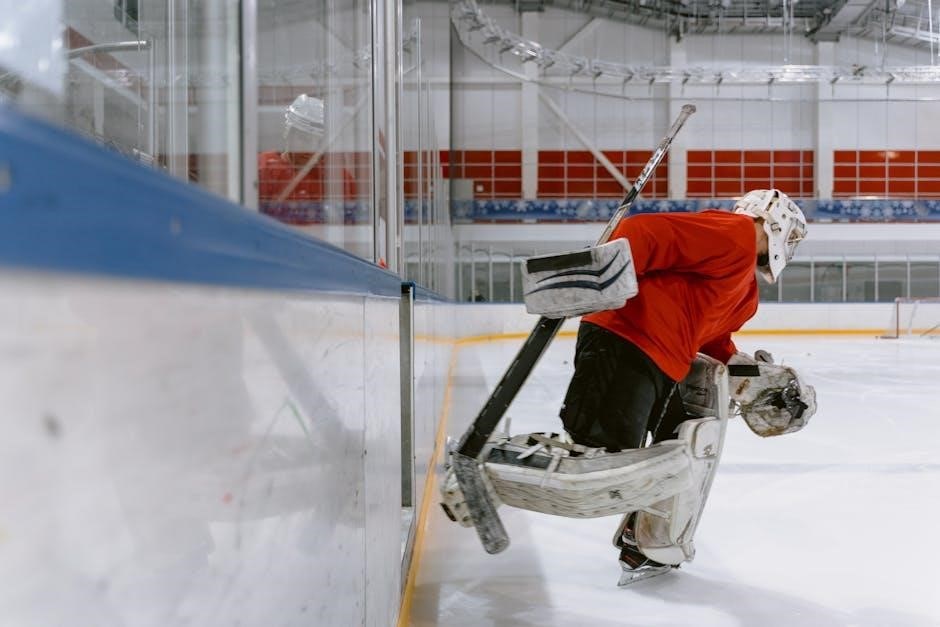Finding the ideal Rossignol ski length is crucial for optimal performance. This guide assists in selecting the right size based on various factors. Considerations include height, skill level, and ski type. Let’s explore how to choose the perfect Rossignol skis for your needs!
Rossignol ski sizing is a crucial aspect of ensuring a positive and effective skiing experience. Choosing the correct ski length directly impacts control, stability, and overall enjoyment on the slopes. Rossignol offers a diverse range of skis designed for various skill levels and terrains. Understanding the fundamentals of ski sizing is essential for selecting the appropriate equipment.
This guide provides a comprehensive overview of Rossignol ski sizing, taking into account factors such as height, weight, ability, and preferred skiing style. Whether you’re a beginner, intermediate, or expert skier, selecting the right ski length is paramount. For novices, shorter skis offer easier maneuverability and control, facilitating learning and progression. More experienced skiers may opt for longer skis, providing enhanced stability at higher speeds and improved floatation in powder.
Furthermore, the type of ski also plays a significant role in determining the ideal length. Alpine skis, cross-country skis, and freestyle skis each have specific sizing considerations. By understanding these nuances, skiers can make informed decisions and maximize their performance on the mountain. This guide aims to demystify the Rossignol ski sizing process, empowering skiers to choose the perfect skis for their individual needs and preferences.
Factors Influencing Ski Length Choice
Selecting the appropriate Rossignol ski length depends on several key factors. Height is a primary determinant, as taller individuals generally require longer skis for stability. Weight also plays a crucial role; heavier skiers need longer skis to support their mass and maintain control. Skill level is another essential consideration, with beginners typically benefiting from shorter skis that are easier to maneuver.
Ski type significantly impacts length selection. Alpine skis, designed for groomed slopes, often require different lengths compared to freeride skis intended for off-piste conditions. Terrain preference also influences ski length. Skiers who primarily ski on hardpack snow may prefer shorter skis, while those who venture into deep powder require longer skis for floatation.
Additionally, personal preference and skiing style should be taken into account. Aggressive skiers who enjoy high speeds may opt for longer skis, while those who prefer a more playful style may choose shorter skis. It’s important to consider the specific characteristics of the Rossignol ski model, as some skis are designed to be skied shorter or longer than average. Ultimately, the ideal ski length is a balance of these factors, tailored to the individual skier’s needs and preferences, ensuring an enjoyable and successful experience on the slopes.
Height and Ski Length Relationship
The relationship between a skier’s height and the appropriate ski length is fundamental in selecting the right equipment. Generally, taller skiers require longer skis, while shorter skiers need shorter skis. This correlation is based on the principle that longer skis provide greater stability and edge hold, essential for taller individuals who generate more force and leverage.
However, height is not the sole determinant. While it serves as a starting point, other factors such as weight, skill level, and skiing style must be considered. A taller, heavier skier will need a longer ski compared to a taller, lighter skier. Similarly, an advanced skier can handle a longer ski than a beginner of the same height. The type of ski also plays a role, with powder skis typically being longer than carving skis for better floatation in deep snow.
As a general guideline, beginners should choose skis that are a few centimeters shorter than their height, while intermediate skiers can opt for skis that are around their height. Advanced skiers may prefer skis that are slightly longer than their height for increased stability at high speeds. Rossignol’s ski size charts provide specific recommendations based on height and skill level, offering a valuable resource for skiers of all abilities. Remember to consider these factors in conjunction with personal preferences to find the perfect ski length for your needs and enjoy a balanced and controlled skiing experience.
Skill Level and Ski Length
A skier’s skill level significantly influences the appropriate ski length. Beginners often benefit from shorter skis, which are easier to control and maneuver. These shorter skis allow for quicker turns and require less effort to initiate, making them ideal for learning the fundamentals. Shorter skis enhance confidence as new skiers develop their skills and coordination on the slopes.
Intermediate skiers can transition to slightly longer skis, offering a balance of stability and maneuverability. As skiers become more comfortable with carving and varying terrain, a moderate ski length provides increased edge hold and stability at higher speeds. This intermediate length allows for more versatility and exploration of different skiing styles.
Advanced and expert skiers typically prefer longer skis, which provide enhanced stability and floatation in challenging conditions. Longer skis excel at high speeds and offer superior performance in powder or off-piste terrain. These skiers often seek skis that maximize stability and control, even if it means sacrificing some maneuverability. The experience and technique of advanced skiers enable them to effectively manage longer skis, unlocking their full potential on the mountain. Rossignol’s size charts often categorize ski length recommendations based on skill level, offering a valuable guide for skiers seeking to optimize their equipment for their abilities.
Ski Type and Length Selection
The type of ski plays a crucial role in determining the appropriate length. All-mountain skis, designed for versatility across various terrains, typically fall within a moderate length range, around your height or slightly shorter. These skis offer a balance of stability on groomed runs and maneuverability in softer snow, making them a popular choice for recreational skiers. Freeride skis, built for off-piste adventures and powder conditions, often require longer lengths to provide ample floatation and stability in deep snow. The added length helps skiers stay on top of the snow and maintain control in challenging terrain.
For carving skis, designed for groomed runs and precise turns, a shorter length is often preferred to enhance responsiveness and edge control. Shorter skis allow for quicker turn initiation and tighter turns, maximizing the carving experience. Twin-tip skis, popular in park and pipe environments, typically utilize a shorter length for increased maneuverability and ease of tricks. The shorter length allows skiers to spin and rotate more easily, enhancing their performance in freestyle skiing. Rossignol offers a diverse range of ski types, each with specific length recommendations tailored to the intended use and performance characteristics.
Rossignol Alpine Ski Size Chart
Rossignol provides a comprehensive alpine ski size chart to guide skiers in selecting the appropriate length. These charts typically factor in height, skill level, and the type of skiing you intend to do. To use the chart, first locate your height in either centimeters or inches. Next, determine your skiing ability level, which is usually categorized as beginner, intermediate, or advanced/expert. Once you have identified your height and skill level, the chart will provide a recommended ski length range.
It’s important to note that these charts are guidelines, and personal preferences can play a role. If you are unsure, it is always best to consult with a qualified ski technician who can assess your individual needs and provide personalized recommendations. The Rossignol alpine ski size chart aims to simplify the process of selecting the correct ski length, ensuring a comfortable and enjoyable experience on the slopes. Remember to consider the specific model of Rossignol ski you are interested in, as some models may have slightly different sizing recommendations due to their design and intended use.
Rossignol Cross Country Ski Size Chart
Rossignol’s cross-country ski size chart is essential for selecting the proper ski length for classic and skate skiing styles. Unlike alpine skis, cross-country ski sizing heavily relies on the skier’s weight, though height also plays a role. The chart typically presents weight ranges matched with corresponding ski lengths in centimeters. To use the chart, locate your weight range and identify the recommended ski length.
For classic skiing, the chart might differentiate between race classic and sport touring skis, each with slightly different recommendations. For skate skiing, the chart provides ski lengths optimized for the skating technique. Remember that these charts are guidelines. Factors like snow conditions and personal preference can influence your final choice. If you frequently ski in soft snow, consider a slightly longer ski for better floatation. Conversely, a shorter ski might be preferred for hard-packed or icy conditions due to increased maneuverability. A ski technician can offer personalized advice, especially if you’re between sizes or have unique skiing requirements. Utilizing the Rossignol cross-country ski size chart ensures a more enjoyable and efficient skiing experience.
Understanding Mondopoint for Ski Boots
Mondopoint is a standardized ski boot sizing system that indicates the length of your foot in millimeters. It is the most accurate way to determine the correct ski boot size, as it directly reflects the internal length of the boot shell. Unlike US or EU sizes, which can vary between manufacturers, Mondopoint provides a consistent measurement.
To find your Mondopoint size, measure the length of your foot from the heel to the longest toe while wearing ski socks. It is essential to measure both feet, as they may differ slightly, and use the larger measurement. Ski boot manufacturers use Mondopoint to ensure a precise fit, which is crucial for performance and comfort. A properly fitted ski boot enhances control and responsiveness, while an ill-fitting boot can lead to discomfort, blisters, and reduced performance. Remember that Mondopoint refers to the foot length, and the boot shell will be slightly larger to accommodate the foot and sock. Always consult a ski boot fitting professional for expert advice and a customized fit. Understanding Mondopoint is the first step towards finding ski boots that optimize your skiing experience.
Measuring Your Foot for Ski Boot Size
Accurately measuring your foot is crucial for selecting the right ski boot size. Start by wearing the type of ski socks you typically use while skiing. Place your heel against a wall on a flat surface, and stand with your weight evenly distributed. Use a ruler or measuring tape to measure the distance from the wall to the tip of your longest toe. It’s best to measure both feet, as one may be slightly larger than the other. Use the measurement of the larger foot to determine your Mondopoint size.
Alternatively, you can trace your foot on a piece of paper and measure the tracing. Ensure you measure the foot at the end of the day, as feet tend to swell slightly throughout the day. This measurement in centimeters or millimeters corresponds to your Mondopoint size. Remember that this is just a starting point. Ski boot fit is highly personal, and a professional boot fitter can provide expert guidance. They’ll consider your foot shape, skiing ability, and preferences to ensure the best possible fit. A proper measurement combined with professional fitting advice will lead to a comfortable and high-performing ski experience.
Size Charts for Men, Women, and Kids
Rossignol provides specific size charts tailored for men, women, and kids. These charts account for the anatomical differences and varying needs of each group. Men’s size charts typically cater to larger foot sizes and wider calf circumferences. Women’s charts often feature narrower fits and accommodate lower calf muscles. Kids’ size charts consider the rapid growth and developmental stages of children.
When consulting these charts, ensure you’re using the correct one for the intended user. Measurements are usually provided in Mondopoint, as well as corresponding EU, US, and UK sizes. Remember that these are indicative and should be used as a starting point. Always prioritize fit and comfort over relying solely on size charts. Consider factors like sock thickness and individual foot shape. If possible, visit a ski shop for professional fitting. For kids, it is especially crucial to avoid sizing up excessively to allow for growth, as this can compromise performance and safety. Refer to Rossignol’s official website for the most accurate and up-to-date size charts. Using the appropriate chart will significantly improve your chances of finding a well-fitting ski boot.
Where to Find Rossignol Size Charts
Locating accurate Rossignol size charts is essential for ensuring a proper fit, whether for skis, boots, or apparel. The primary source for these charts is the official Rossignol website. Navigate to the specific product category you’re interested in, such as alpine skis, cross-country skis, or ski boots. Within each category, product pages should include size charts relevant to that particular item.
Authorized Rossignol retailers, both online and in physical stores, often provide size charts as well. These retailers may have slightly different layouts or presentations of the charts, but the underlying measurements should be consistent with Rossignol’s official information. Reputable ski gear websites like evo or specialized ski shops will also offer size guides. Be cautious of unofficial or third-party sources, as their information may be outdated or inaccurate. Always cross-reference information with the official Rossignol website whenever possible. For ski boots, consider visiting a local ski shop for professional fitting and measurement, as they can provide personalized recommendations and ensure the best possible fit. Remember to check the date of the size chart to confirm it is the most current version available.



